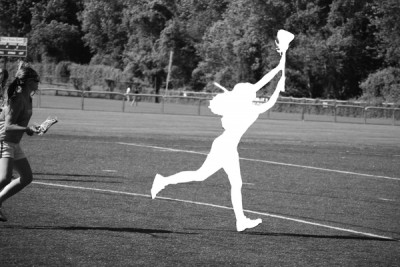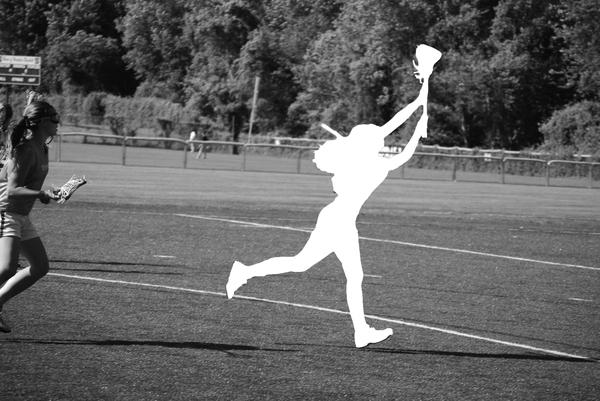
Raph Ray ’11 is a three-season varsity athlete at Staples, devoting his fall to cross-country, his winter to indoor track and his spring to outdoor track.
With daily practices, not to mention track meets around the year, Ray is surrounded by the pressure to perform.
Sometimes, though, this pressure takes its toll on the body. Ray has not had any major injuries running track, apart from pulling his groin freshman year, but has felt the common aches and pains of competing at such a high level.
Perhaps Ray has been so lucky because, like many varsity athletes, he has committed part of his year to an off-season, time when he can prepare for the oncoming school year.
“What an off-season allows me to do as a varsity athlete, especially as a runner, is gain more endurance before the season actually starts, which will help me attack workouts and races faster,” he said.
For Ray, building his endurance is synonymous with a healthy season. Unless he is fit for the first practice of the season, his body will not be able to handle the stresses of running.
Similarly, J.B. Breig ’11, a varsity lacrosse player, uses an off-season to prepare for the rigorous spring, fall and winter lacrosse seasons. Rather than stop playing lacrosse, Breig uses his off-season as training.
“It can be used to work on conditioning and strength, and while coaches aren’t allowed to coach their players in the off season, players often play with summer, fall, and winter teams in which they receive coaching that improves their lacrosse IQ,” he said.
For Breig, it is also a chance to recover from injuries sustained during the season.
“From lacrosse I have broken my hand once, thumb twice, and regularly have bruises from shots,” he said. “However, many players have knee and ankle problems, concussions and other injuries. We have even had a player rupture his spleen.”
According to Janet Zamary, a former trainer at Staples and a current physical education teacher, the strategy of taking a break is a smart one.
“It gives the body time to heal from ongoing stresses that are the same,” she said. “Any sport that is repetitive is going to have an overuse factor.”
Zamary also mentioned that off-seasons can allow one time to pursue other passions, such as different sports.
“It gives students the opportunity to become well-rounded, in individual or team sports,” she said.
While not a complete halt in activity, as Ray and Breig explained, the summer off-season or winter off-season is a chance for athletes to do light conditioning or practice. For Ray, the off-season is even more important, as he goes on longer runs and increases his interval distance to prepare for the regular season.
This rest and preparation period is particularly important for sports with high injury rates, especially, according to Zamary, Ray’s sport, cross-country.
“You have to build up slowly to run long distances,” she explained. “Any kind of running is going to have a greater chance of developing into overuse factors.”
Ray acknowledged that the off-season can be important for recovery, but that it is hardly a cure-all.
“I think off-season preparation will help your recovery in general; however with some injuries there’s just nothing you can do about it but give it time to recover on its own,” he said.
For many track athletes, recovery from injuries seems like an ongoing process. In fact, according to the Journal of Athletic Training, a recent study surveying 125 high school cross-country athletes found that 103 of the 125 athletes (83 percent) reported a history of experiencing exercise-related leg pain. In the same set of athletes, over half (58.4 percent) reported that this leg pain, from shin splints and overuse, interfered with cross-country participation.
Perhaps even more cautioning, the study found that 48 percent of the athletes reported seasonal re-occurrence of leg pain.
Injuries in lacrosse are also prevalent. According to The American Journal of Sports Medicine, a research organization that publishes monthly journals, a three-year national study of over 350,000 high school lacrosse players, found that knee and ankle sprains were common for both males and females.
Breig also sees the ubiquity of lacrosse injuries.
“I do feel that injuries are becoming more common, despite new helmets and padding,” he said.
It is no surprise, thus, that more students are using off-seasons for sports like track and lacrosse. As Breig concluded, “In lacrosse, the off season is key for any team that wants to do well.”













































